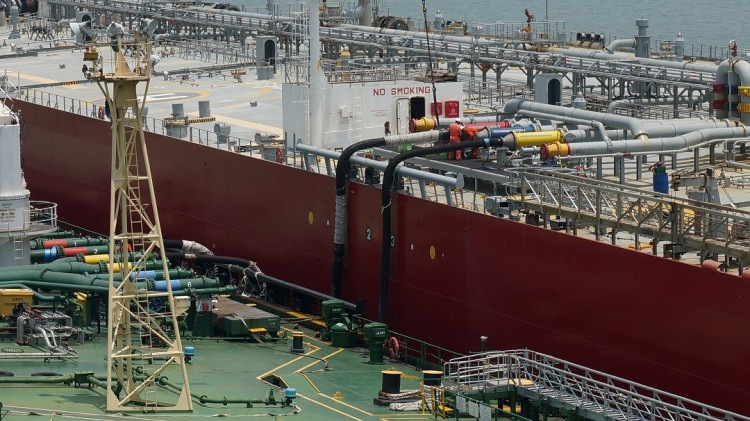Oil prices climbed this week, marking a more than 3% gain as a mix of encouraging U.S. labor market data and escalating tensions in the Middle East fueled market volatility. Brent crude futures edged up by 0.3% to $79.38 per barrel, while U.S. West Texas Intermediate (WTI) crude also gained 0.3%, reaching $76.45 per barrel. Both benchmarks are on track to close the week with significant gains, driven by a series of geopolitical and economic factors that have reignited concerns about supply and demand dynamics.
The U.S. labor market provided a positive surprise, with new unemployment claims falling more than expected last week. This development helped to assuage fears of a potential recession in the world's largest economy, which in turn bolstered investor confidence in the oil market. "Sentiment was also boosted by positive jobs data in the U.S.," noted Ashley Kelty, an analyst at Panmure Liberum. "With a larger expected draw in U.S. stockpiles this week, hopes are that the U.S. continues to grow and fears of a recession may look overblown."
Despite the dollar strengthening on the back of the jobs data, which typically exerts downward pressure on oil prices by making dollar-denominated crude more expensive for buyers using other currencies, the impact was offset by other market forces. The complex interplay of economic and geopolitical developments has kept traders on edge, with many focusing on the ongoing conflict in the Middle East as a significant driver of market movements.
In the Middle East, tensions have escalated following Israeli airstrikes across the Gaza Strip, which Palestinian medics reported killed at least 40 people. The strikes come amid ongoing battles with Hamas-led militants, raising fears of broader regional conflict. Daniel Hynes, an analyst at ANZ, commented, "Crude oil continued its recovery from its recent plunge as elevated geopolitical risks came into focus." The potential for retaliatory actions by Iran, following the killing of senior members of militant groups Hamas and Hezbollah, has further stoked concerns over oil supply from the region.
Iran-aligned Houthi militants have also intensified their attacks on international shipping near Yemen this week, expressing solidarity with Palestinians in the conflict. This has added another layer of complexity to the already volatile situation, contributing to the upward pressure on oil prices.
In Libya, the National Oil Corp. declared force majeure at its Sharara oilfield, one of the country's largest, due to ongoing protests that have gradually reduced output. The disruption in Libya, coupled with a sixth consecutive week of U.S. stockpile draws, has reinforced the bullish sentiment in the oil markets.
"Brent reached the bottom of a long-held range between $75 and $90 per barrel this week before stabilizing," said Ole Hansen, head of commodities strategy at Saxo Bank. He attributed the recovery to a combination of factors, including geopolitical tensions, continued drops in U.S. crude stocks, and a technically oversold market condition.
Adding to the complex global oil picture is the situation in China, where demand for jet fuel is on the rise-a rare positive indicator amid months of bearish signals. Despite data showing that China, the world's largest crude importer, brought in the fewest barrels in almost two years in July, the uptick in jet fuel demand suggests some resilience in the market.





